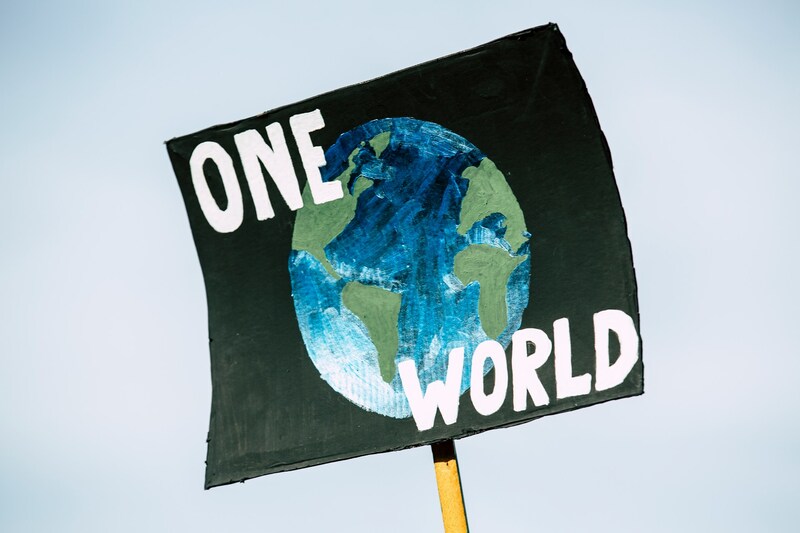
Employment Practices Liability Insurance
Share Post: I am lucky enough to work with some extremely fantastic local businesses in Colorado. Our team works on all sorts of employment issues
If you plan to conduct business abroad or have an online business that reaches customers abroad, you should consider seeking international intellectual property protection. Intellectual property protection is often limited to the country where you conduct business and/or where you file for protection with the respective foreign intellectual property office. For example, a U.S. trademark registration will not protect you against trademark disputes that arise in other countries. As another example, a U.S. patent prevents others from making, using, selling, offering for sale, and importing your patented invention in the U.S., but does not prevent others from doing the same in other countries.
Trademark laws vary by country. For example, several countries, like the U.S., provide protection to those who first use a trademark in commerce in the respective country, regardless of whether they are the first to file a trademark application to register the mark. Other countries provide protection to those who first file for trademark protection at the respective trademark office, regardless of use of the mark. In the latter countries, it is prudent to file a trademark application early.
To streamline filing trademark applications in multiple countries, a single international application can be filed through the World Intellectual Property Organization (WIPO) that designates countries that are part of an international treaty known as the Madrid Protocol. Each country will conduct its own national examination of the application, which may require seeking local foreign counsel depending on the results of the initial examination. For countries that are not part of the Madrid Protocol, you will need to file a separate application directly with that country’s trademark office.
Patent rights are not automatic and you must file a patent application in each country where you desire protection. There are two ways to seek foreign patent protection: 1.) filing directly in the countries of interest, or 2.) filing a single application under the Patent Cooperation Treaty (PCT) and later designating the member countries of interest.
If patent protection in multiple countries is desirable, a PCT application might make sense to streamline the process. The single application results in a single search report and opinion on patentability, that, while not binding on national offices, can be informative of how they will treat the application. You will still need to file separate applications in each designated country (known as national phase), but a favorable opinion can simplify examination at the national offices.
There is no “international copyright” that will automatically provide international protection. Instead, copyright protection depends on the national laws where protection is sought. International copyright conventions and treaties have been developed that impose certain obligations on treaty member countries, which can simplify obtaining foreign copyright protection under certain conditions. As an example, the Berne Convention guarantees that works are protected in countries other than the author’s country of origin to the same degree that the foreign country protects works of its own national authors. While the Berne Convention provides automatic protection of U.S. copyrights in member countries, there may be added advantages to filing for copyright registration directly in those countries. If a country is a primary market, it might be prudent to file for copyright registration there.
Obtaining foreign intellectual property protection can be costly, as can enforcing any rights obtained in foreign countries. Cost should be a significant consideration when determining what intellectual property protection abroad makes sense and in which countries to seek protection.
For example, filing a PCT application can cost around $3000-4500, depending on the size of the entity filing the application and the invention itself, and there are additional costs to enter national stage in each country, to obtain any necessary translations, and to hire foreign counsel. If filing a PCT application is cost-prohibitive, you may consider filing directly in one or two other countries of interest; however, you will still need to pay the country’s filing fees, necessary translation costs, foreign counsel, and other fees associated with prosecuting the application in that country. Depending on your budget, it may make sense to limit your protection to your primary market(s).
In conclusion, foreign intellectual property protection should be an important consideration depending on your business objectives and budget. For more information on international intellectual property protection available through WIPO, you can visit www.wipo.int.
ABOUT THE AUTHOR
ASSOCIATE
Laura counsels clients on legal issues related to intellectual property, including patents, trademarks, and copyrights. Laura helps clients build strong intellectual property portfolios, taking into account various types of protection options, such as utility and design patents, including both U.S. and foreign, trademark and trade dress registrations, and copyright registrations.
More Articles

Share Post: I am lucky enough to work with some extremely fantastic local businesses in Colorado. Our team works on all sorts of employment issues

Colorado’s commitment to reducing greenhouse gas emissions and promoting energy efficiency has culminated in the enactment of Regulation 28, officially titled “Building Benchmarking and Performance Standards.” This regulation is a key component of the state’s broader efforts to address climate change, aiming to significantly reduce energy consumption in commercial buildings. For property owners, this regulation represents both a challenge and an opportunity—one that requires careful navigation to ensure compliance and avoid potential penalties.

An Indiana zoning case recently dredged up the age-old law school conundrum of what constitutes a sandwich and why we should care. Well, maybe the court didn’t actually weigh in on why we should care… but, it did make a determination that the taco IS, in fact, a sandwich.
If you’d like more information about who we are and what we do, please reach out to set up a free consultation.
© 2024 Milgrom Law, PC | DBA Milgrom & Daskam.